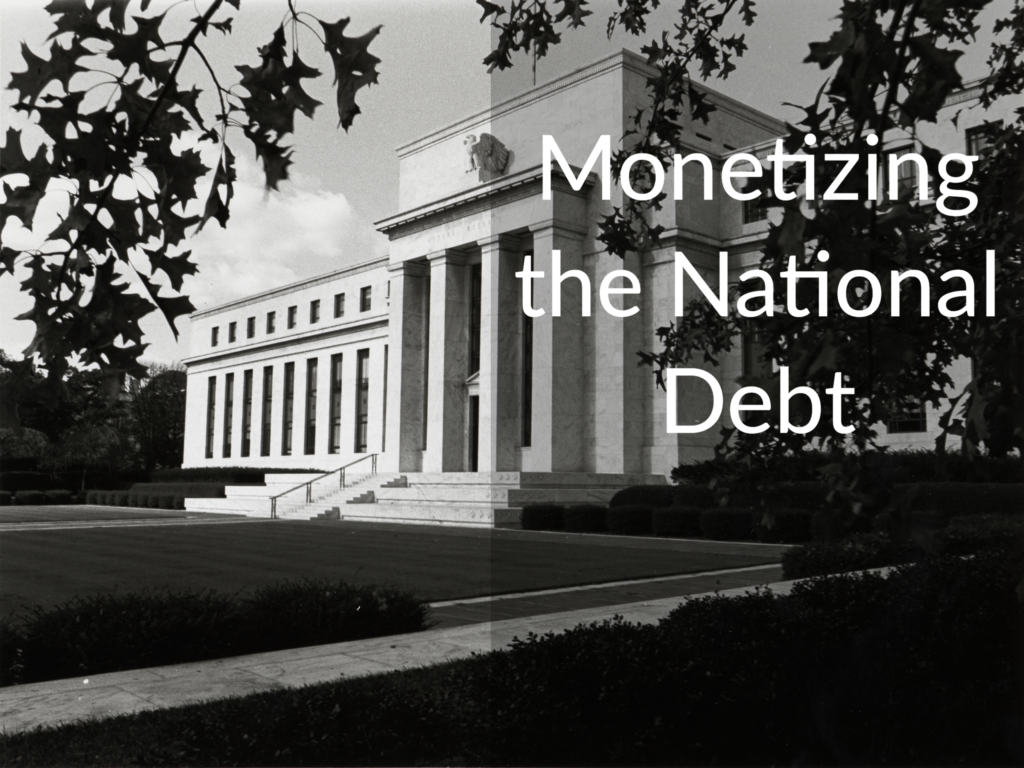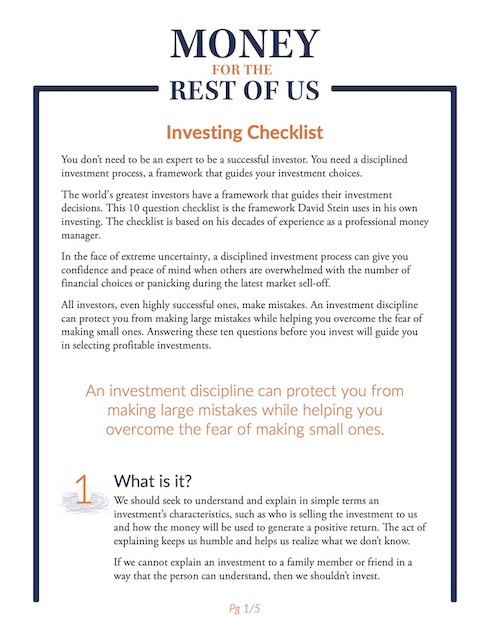How central banks can become insolvent and why it can lead to hyperinflation. What are four ways the Federal Reserve and the U.S. Treasury could monetize the national debt.

Topics covered include:
- What are the major asset and liabilities of the Federal Reserve
- How does the Federal Reserve make a profit and what happens if it suffers a loss.
- How has the Federal Reserve has significantly expanded the types of assets it will hold and what are the risks.
- What could cause the Federal Reserve and other central banks to become insolvent.
- What are the constraints central banks face.
- What are four ways the U.S. national debt could be monetized.
- How investors can protect themselves against central bank insolvency.
Show Notes
Different types of central bank insolvency and the central role of seignorage by Ricardo Reis
Can the Central Bank Alleviate Fiscal Burdens? by Ricardo Reis
Ricardo Reis Tweets on Monetizing the National Debt
A Complete Guide to Understanding and Protecting Against Inflation—Money For the Rest of Us
A Complete Guide to Investing in TIPS and I Bonds—Money For the Rest of Us
Episode Sponsors
Learn more about central banks and national debt
Will Infinite Money Save the Economy?
Repo Rates Soared—Here’s Why It Matters
The Great National Debt Debate
What Central Banks Don’t Know Should Concern You
Seesaws, Budget Deficits and the National Debt
How Worried Should You Be About the National Debt?
The Debt Ceiling – What Happens If the U.S. Defaults
Ray Dalio and the Changing World Order
What the Federal Reserve’s New Policies Mean For Your Finances
Will the U.S. Default? Debt Ceilings, Government Shutdowns, and the National Debt
Will Quantitative Tightening Lead To Even Greater Financial Losses?
Your Nation’s National Debt: 5 Things You Need To Know
Transcript
Welcome to Money for the Rest of Us. This is a personal finance show on money, how it works, how to invest it, and how to live without worrying about it. I’m your host, David Stein. Today is episode 295. It’s titled, “Federal Reserve Insolvency and Monetizing the National Debt.”
We’ve had a lot of discussions on the Money for the Us Plus forums recently regarding actions the Federal Reserve is taking and the federal government. Most of which are necessary in order to combat the economic shutdown related to the pandemic.
Worrying actions by the Federal Reserve
But there’s also some concerns. Here’s a few quotes from members: “When you hear about debt in the trillions anymore, it’s beyond mind-numbing. How can this be sustainable? But the debt is generally measured in dollars, trillions of dollars, but it has got awfully high. But a dollar is a unit that is not fixed.
“A milliliter never changes, a cup never changes, but today’s dollar is not a 10-years-ago dollar or 50-years-ago dollar. Maybe it would be better to hear we are 170 billion Benjamins in debt. Maybe. I think a better unit is the percent of GDP, that is really the only way you can compare debt over time.”
How about debt versus GDP after WWII versus now? The federal debt, publicly held debt, as a percent of the economic output in the US, gross domestic product or GDP, is 106%. Back in 1948, it was 119%. So we are below that level. Japan’s debt to GDP is over 200%.
Another member wrote, “Rumors and stories about the Federal Reserve possibly buying equities to stabilize the prices should the need arise, causes me to recoil. It seems to me that price discovery and evaluating the true value of assets would be difficult. As an investor, that gives me pause about equity investments. But it’s really no different than the Fed buying bonds at the end of the day. And for some reason I don’t recoil as much at that action.”
And finally, another member wrote, “We don’t have free markets anymore if the Fed buys everything at some arbitrary price and eliminates price discovery. At some point, the government owns so much of the market that we no longer have a market economy.”
Does the Federal Reserve have limits?
So are there limits and what are those limits? Can the Federal Reserve go insolvent? Can the Federal Reserve monetize the national debt? Is there really a free lunch available that somehow this can be done?A couple of weeks ago on episode 292, I quoted Neel Kashkari who was the president of the Federal Reserve Bank of Minneapolis. He was being interviewed by Scott Pelly on 60 Minutes. Kashkari suggested the Federal Reserve’s power to create money is infinite. Pelly asked, “Will the Federal Reserve just print money?” Kashkari responds, “This is literally what Congress has told us to do. That is the authority they have given to print money and provide liquidity into the financial system. We create it electronically and we can also print it with the Treasury Department.”
Pelly asked, “Can you categorize what the Fed has done this week as flooding the system with money?” Kashkari responds, “Yes, exactly.” “And there is no end to your ability to do that?” Pelly asks. Kashkari, “there is no end to our ability to do that. There is an infinite amount of cash at the Federal Reserve. We will do whatever we need to do to make sure there is enough cash in the banking system.”
As a Money For the Rest of Us Plus member, you are able to listen to the podcast in an ad-free format and have access to the written transcript for each week’s episode. For listeners with hearing or other impairments that would like access to transcripts please send an email to [email protected] Learn More About Plus Membership »
